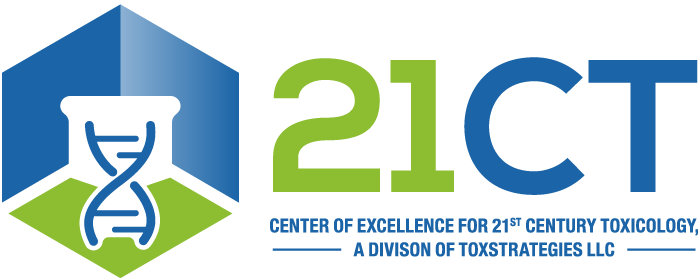Kopec AK, Kim S, Forgacs AL, Zacharewski TR,Proctor DM, Harris MA, Haws LC, Thompson CM. 2012. Genome-wide gene expression effects in B6C3F1 mouse intestinal epithelia following 7 and 90 days of exposure to hexavalent chromium in drinking water. Toxicol Appl Pharmacol 259(1):13-26.
Abstract
Chronic administration of high doses of hexavalent chromium [Cr(VI)] as sodium dichromate dihydrate (SDD) elicits alimentary cancers in mice. To further elucidate key events underlying tumor formation, a 90-day drinking water study was conducted in B6C3F1 mice. Differential gene expression was examined in duodenal and jejunal epithelial samples following 7 or 90 days of exposure to 0, 0.3, 4, 14, 60, 170 or 520 mg/L SDD in drinking water. Genome-wide microarray analyses identified 6562 duodenal and 4448 jejunal unique differentially expressed genes at day 8, and 4630 and 4845 unique changes, respectively, in the duodenum and jejunum at day 91. Comparative analysis identified significant overlap in duodenal and jejunal differential gene expression. Automated dose–response modeling identified > 80% of the differentially expressed genes exhibited sigmoidal dose–response curves with EC50 values ranging from 10 to 100 mg/L SDD. Only 16 genes satisfying the dose-dependent differential expression criteria had EC50 values < 10 mg/L SDD, 3 of which were regulated by Nrf2, suggesting oxidative stress in response to SDD at low concentrations. Analyses of differentially expressed genes identified over-represented functions associated with oxidative stress, cell cycle, lipid metabolism, and immune responses consistent with the reported effects on redox status and histopathology at corresponding SDD drinking water concentrations. Collectively, these data are consistent with a mode of action involving oxidative stress and cytotoxicity as early key events. This suggests that the tumorigenic effects of chronic Cr(VI) oral exposure likely require chronic tissue damage and compensatory epithelial cell proliferation.
